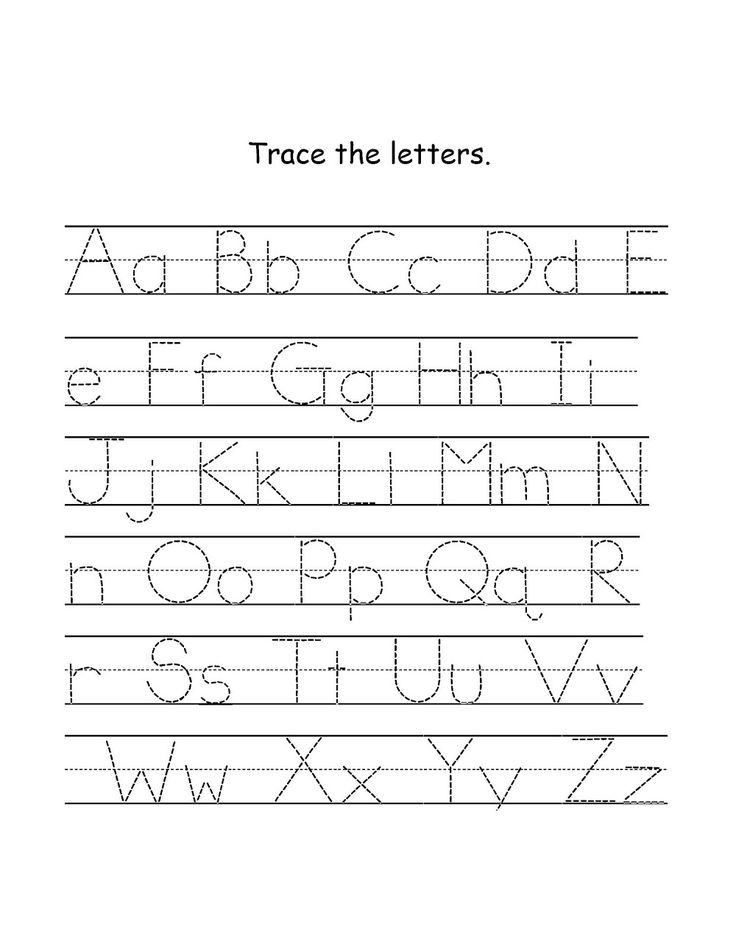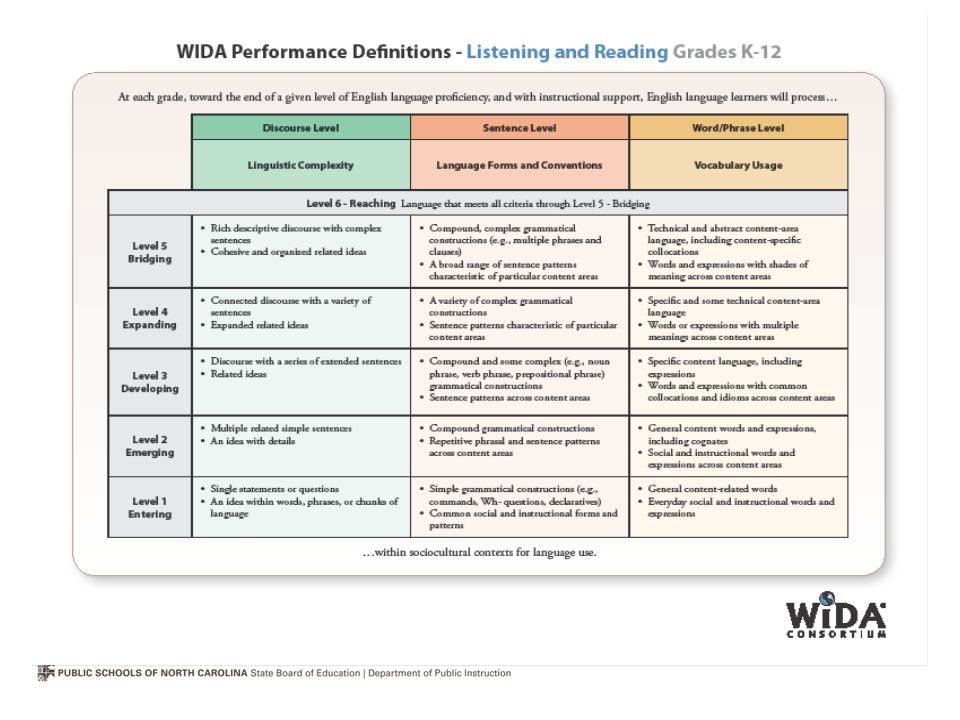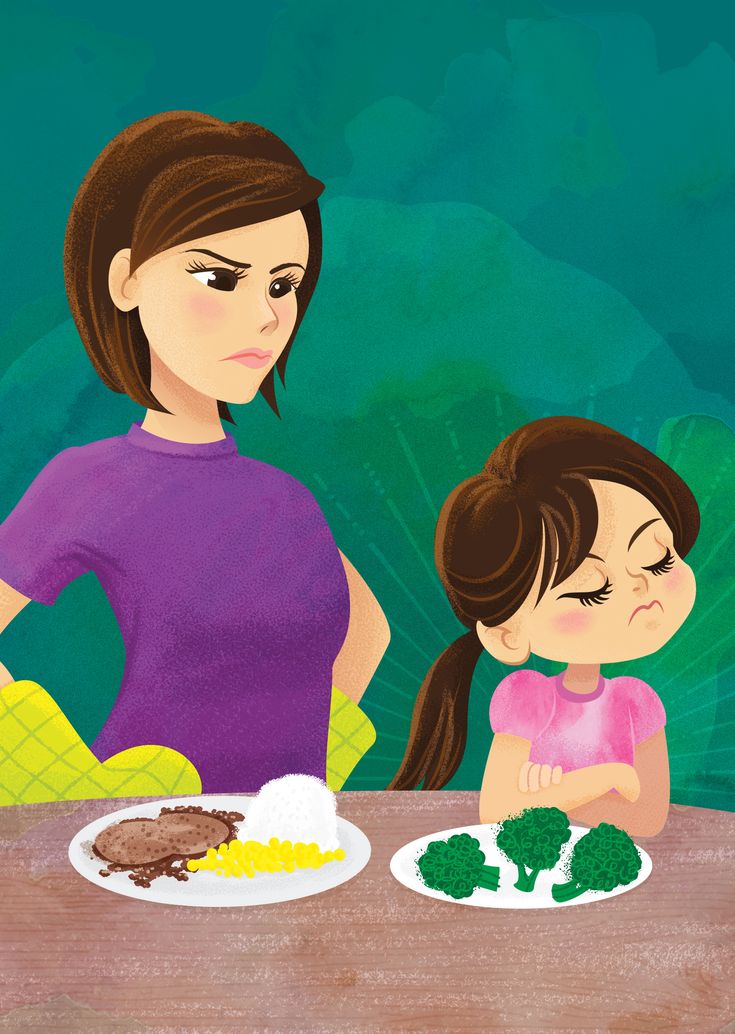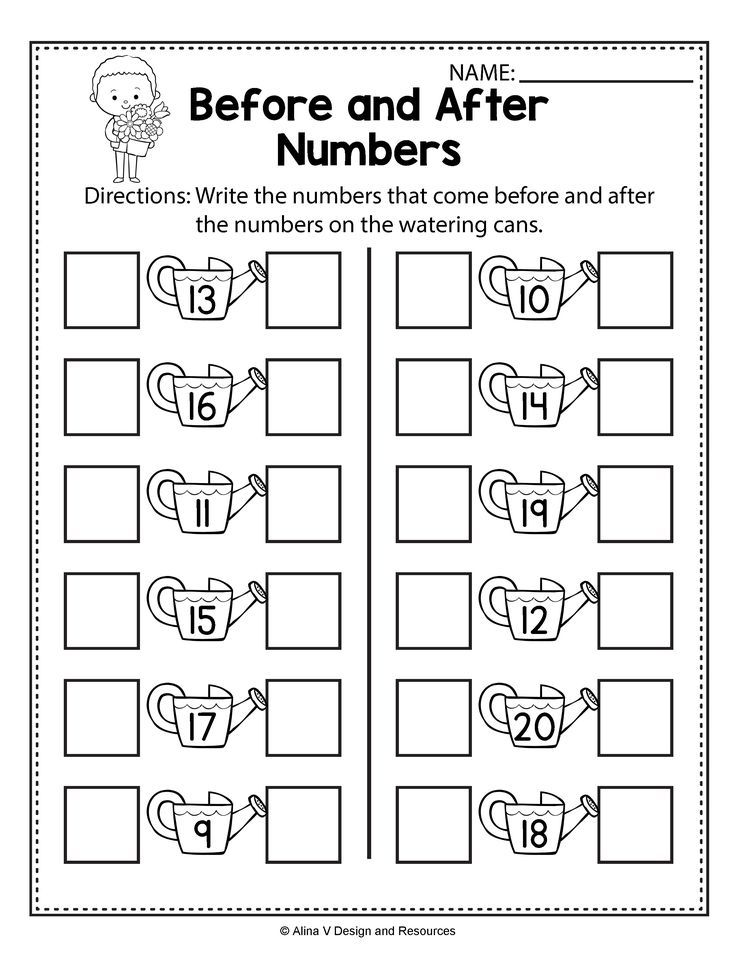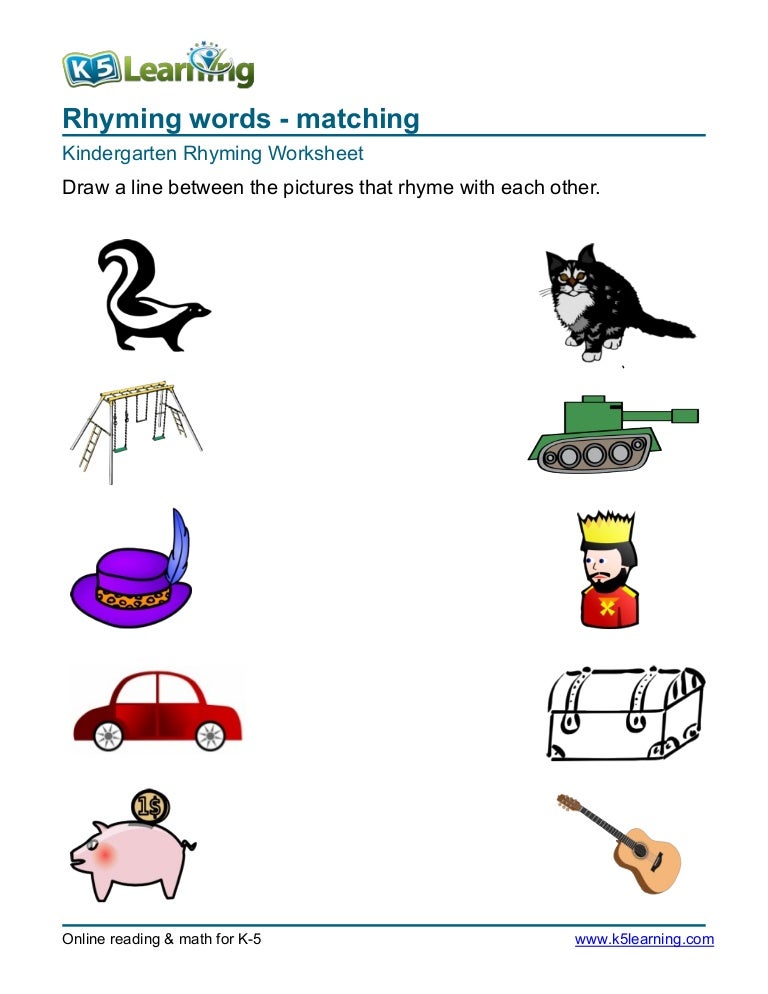Uppercase letter alphabet
What Are Lowercase, Uppercase Letters?
Lowercase letter definition: Lowercase letters are all other letters not in uppercase.
Uppercase letter definition: Uppercase letters are letters that represent the beginning of a sentence or a proper noun.
What are Lowercase Letters?
In writing, most letters are lowercase. Lowercase letters are all letters that do not begin a sentence or refer to a proper noun.
English alphabet lowercase letters: a b c d e f g h i j k l m n o p q r s t u v w x y z.
Examples of Lowercase Letters:
- word
- The word above uses only lowercase letters.
- The sentence above has lowercase letters after the first letter of the sentence.
- This sentence and the one directly above have all lowercase letters except for the “T.”
What are Uppercase Letters?
Uppercase letters are also known as capital letters. Uppercase letters signal to the reader that something is important or significant.
English alphabet uppercase letters: A B C D E F G H I J K L M N O P Q R S T U V W X Y Z.
Examples of Uppercase Letters:
- Jones
- This is a proper name, so the first letter of the title and the last name are capitalized
- Main Street
- This is a proper noun so the first letter of each word is capitalized
When to Use Uppercase Letters
In English, the first letter of every sentence is capitalized. The uppercase letter signals to the reader that a new sentence is beginning.
Other uses of uppercase letters are detailed below.
TitlesAll titles are considered proper nouns and require capitalization.
Examples:
- Miss Mabry
- Incorrect: miss mabry
- Mathers
- Incorrect: mr. mathers
- Madam Lockfield
- Incorrect: madam lockfield
- Lady Grace
- Incorrect: lady grace
- Janks
- Incorect: mrs.
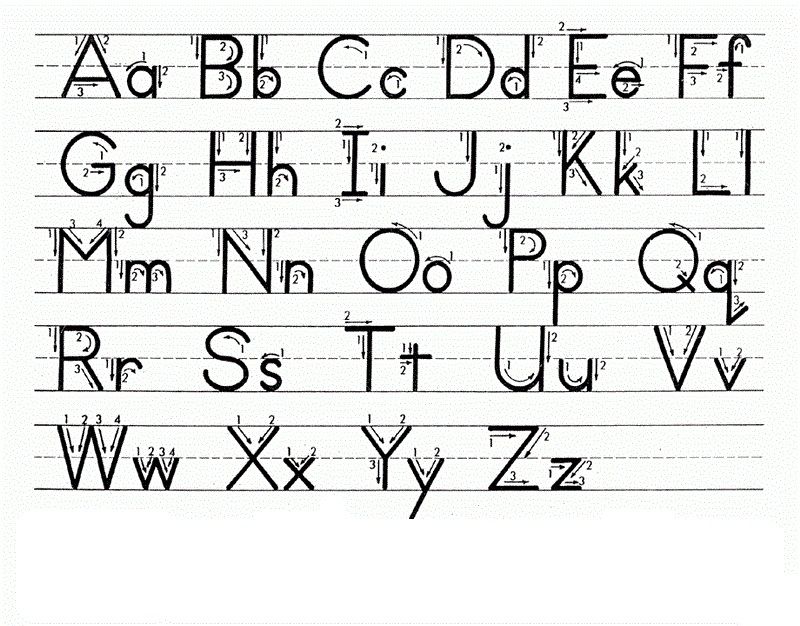 janks
janks
- Incorect: mrs.
Acronyms are a type of abbreviation. Acronyms are words formed from other letters to make a new word. However, they require capital letters to signal to the reader that those letters stand for something and are not a word alone.
Examples:
- NATO
- North Atlantic Treaty Organization
- UNICEF
- United Nations International Children’s Emergency Fund
- SCUBA
- Self-contained underwater breathing apparatus
All proper nouns need to be capitalized.
Examples:
- We visited the Bowers Museum on Saturday.
- Incorrect: We visited the bowers museum on Saturday.
- I would like to tour the Eiffel Tower.
- Incorrect: I would like to tour the eiffel tower.
- Their names are Jake and Suzy.
- Incorrect: Their names are jake and suzy.
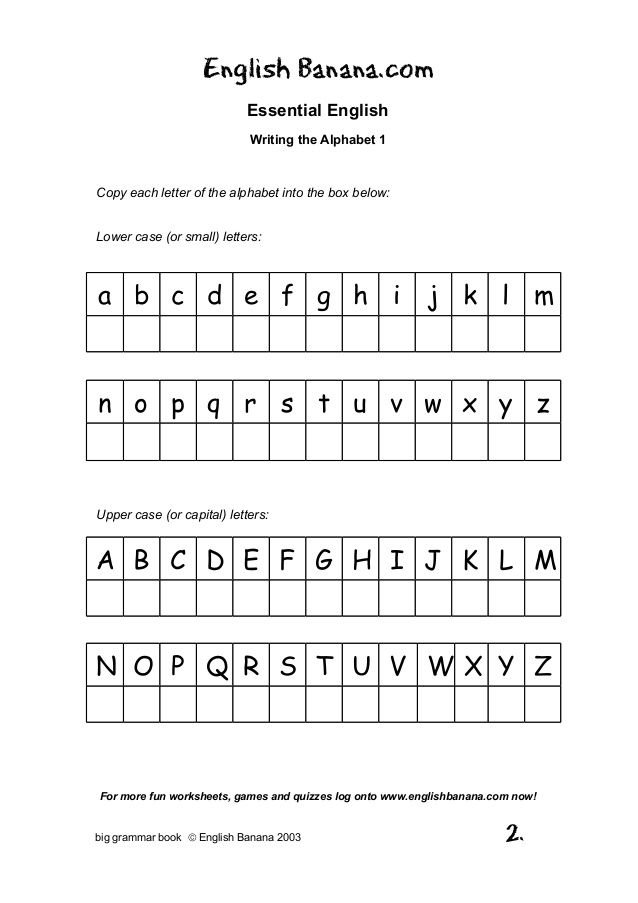
- Incorrect: Their names are jake and suzy.
When to Use Lowercase Letters
Use lowercase letters for all letters other than the first in a sentence, provided that there is no required use for uppercase letters in the sentence.
Examples:
- Every word in this sentence other than the first word is written in lowercase.
- The only words in this sentence that require uppercase letters are the proper nouns, London and Paris.
All nouns that are not proper nouns are called common nouns. All common nouns use lowercase letters (unless a common noun begins a sentence).
Examples:
- tree
- dog
- bird
- water
- air
- star
- street
- girl
- baby
Summary
Define lowercase letters: lowercase letters are those letters used for common nouns and internal words.
Define uppercase letters:
uppercase letters (also called capital letters) are those letters that signify the beginning of a sentence or a proper noun.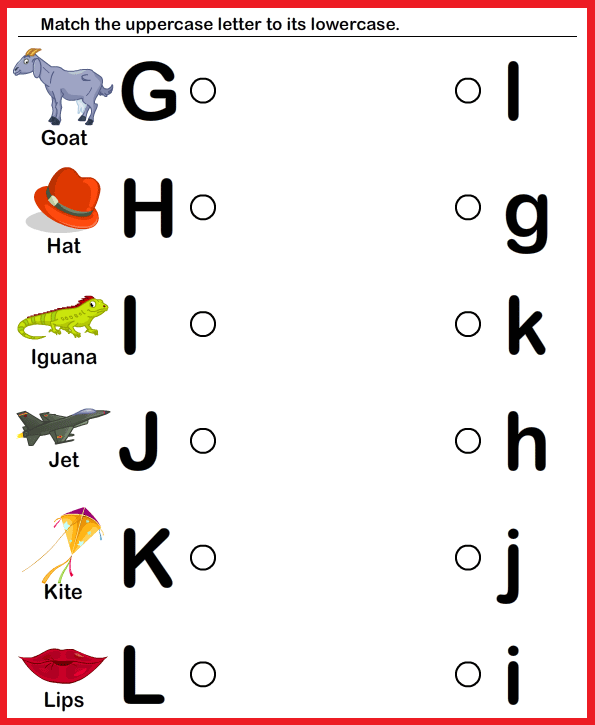
In summary,
- Uppercase and lowercase letters refer to all letters used to compose the English language.
- Uppercase letters are used to begin sentences and are also used for proper nouns.
- Lowercase letters are all letters that do not begin sentences.
Contents
- 1 What are Lowercase Letters?
- 2 What are Uppercase Letters?
- 3 When to Use Uppercase Letters
- 3.1 Titles
- 3.2 Acronyms
- 3.3 All Proper Nouns
- 4 When to Use Lowercase Letters
- 5 Summary
English Alphabet - Worldometer
- W
- Languages
- English Alphabet
The English alphabet consists of 26 letters. Each letter has an uppercase ("capital letter") and a lowercase ("small letter") form.
| # | Capital Letter | Small Letter | Phonic (pronunciation) | Name |
|---|---|---|---|---|
| 1 | A | a | /eɪ/, /æ/ | a |
| 2 | B | b | /biː/ | bee |
| 3 | C | c | /siː/ | cee |
| 4 | D | d | /diː/ | dee |
| 5 | E | e | /iː/ | e |
| 6 | F | f | /ɛf/ | ef |
| 7 | G | g | /dʒiː/ | gee |
| 8 | H | h | /(h)eɪtʃ/ | (h)aitch |
| 9 | I | i | /aɪ/ | i |
| 10 | J | j | /dʒeɪ/ | jay |
| 11 | K | k | /keɪ/ | kay |
| 12 | L | l | /ɛl/ | el |
| 13 | M | m | /ɛm/ | em |
| 14 | N | n | /ɛn/ | en |
| 15 | O | o | /oʊ/ | o |
| 16 | P | p | /piː/ | pee |
| 17 | Q | q | /kjuː/ | cue |
| 18 | R | r | /ɑːr/ | ar |
| 19 | S | s | /ɛs/ | ess |
| 20 | T | t | /tiː/ | tee |
| 21 | U | u | /juː/ | u |
| 22 | V | v | /viː/ | vee |
| 23 | W | w | /ˈdʌbəl. juː/ juː/ | double-u |
| 24 | X | x | /ɛks/ | ex |
| 25 | Y | y | /waɪ/ | wy |
| 26 | Z | z | /zi/zɛd/ | zee/zed |
Notes
- Five of the letters in the English Alphabet are vowels: A, E, I, O, U.
- The remaining 21 letters are consonants: B, C, D, F, G, H, J, K, L, M, N, P, Q, R, S, T, V, X, Z, and usually W and Y.
Written English includes the digraphs: ch ci ck gh ng ph qu rh sc sh th ti wh wr zh. These are not considered separate letters of the alphabet. - Two letters, “A” and “I,” also constitute words.
- Until fairly recently (until 1835), the 27th letter of the alphabet (right after "z") was the ampersand (&).
- The English Alphabet is based on the Latin script, which is the basic set of letters common to the various alphabets originating from the classical Latin alphabet.
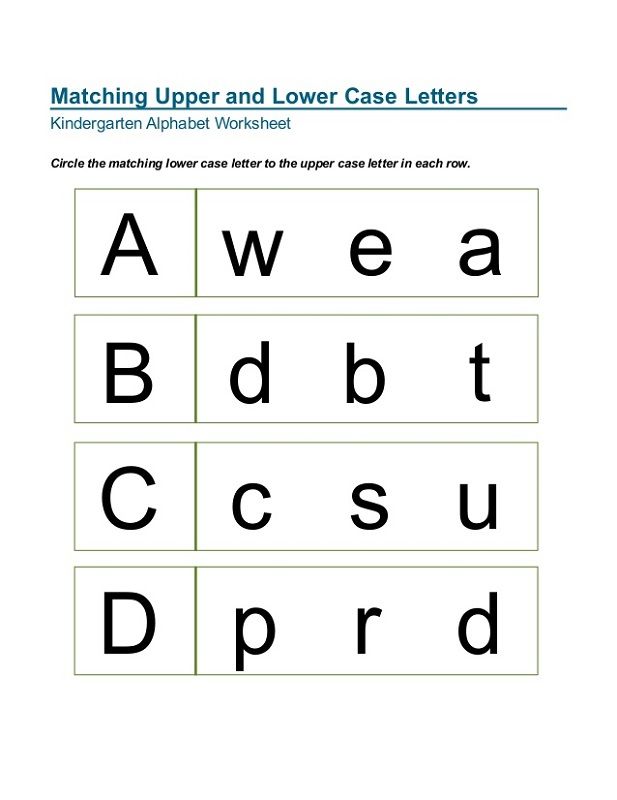
Old English
- The Old English alphabet letters were 29: A B C D E F G H I K L M N O P Q R S T V X Y Z & ⁊ Ƿ Þ Ð Æ
- The Old English alphabet was recorded in the year 1011 by a monk named Byrhtferð and included the 24 letters of the Latin alphabet (including ampersand) and 5 additional English letters: Long S (ſ), Eth (Ð and ð), Thorn (þ), Wynn (ƿ) and Ash (ᚫ; later Æ and æ).
- With respect to Modern English, Old English did not include J, U, and W.
See Also:
- NATO Phonetic Alphabet
English alphabet. Letters of the English alphabet
The English alphabet consists of 26 letters, 5 of them are vowels w ) and 21 consonants.
| Capital letter | Lowercase letter | pronunciation of |
| A | a | [ei] |
| B | b | [bi:] |
| C | c | [si:] |
| D | d | [di:] |
| E | and | [i:] |
| F | f | [ef] |
| G | g | [ʤi:] |
| H | h | [eitʃ] |
| I | and | [ai] |
| J | [ʤei] | |
| K | to | [kei] |
| L | l | [el] |
| M | m | [em] |
| N | n | [en] |
| O | or | [ou] |
| P | p | [pi:] |
| Q | q | [kju:] |
| R | r | [a:(r)] |
| S | s | [es] |
| T | t | [ti:] |
| U | and | [ju:] |
| V | v | [vi:] |
| W | w | [dʌblju] |
| X | x | [eks] |
| Y | and | [wai] |
| Z | z | [zed] |
Notes
The letter Z , z is pronounced as [ 'zed ] in British English and as [ 'zi: ] in American.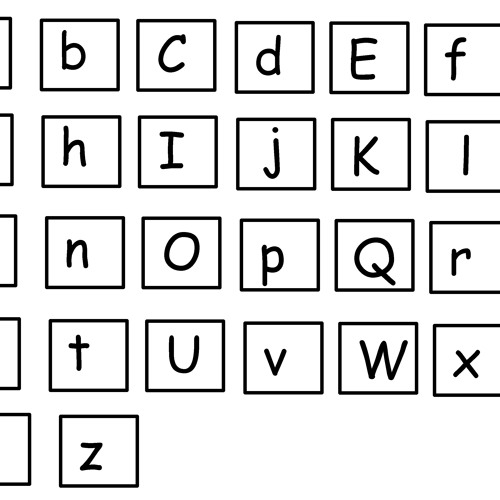
Letter H , h is pronounced ['heitʃ] in Ireland and often in Australia.
English Uppercase Letters
English Alphabet Songs
ABC Song for Learning the English Alphabet (American English)
A classic children's song that sings the letters of the English alphabet. A song like this is usually called an "ABC song" (one of the alphabets in English is ABC), and there are many different versions of it (some slower, some faster; some use adult voices, others use children's voices; etc.) .d.).
A B C D E F G
H I J K L M N O P
Q R S
T... for Ted
U V W
X Y Z
English alphabet for children, pictures
Back (English phonetics) Forward (characteristic of sounds) To the list of pronunciation rules
"Alphabet. Writing a capital letter in words."
Subject: “Alphabet. Capitalization of words.
Goals:
1. Consolidation of knowledge of the order of the letters of the Russian alphabet.
2. Show the need to know the alphabet.
3. Write the names, patronymics and surnames of people correctly.
4. Arrange words in alphabetical order.
Lesson plan:
1. Organizational moment.
The bell has already rung,
The lesson is starting.
2. Reporting the topic and purpose of the lesson.
- Guess the riddle:
There are 33 heroes on the page of the primer
.
Wise men - heroes
Every literate knows.
- That's right, it's the alphabet. Write down this word, put the stress. Remember the spelling and pronunciation of this word.
A LF A VI T
- What is the alphabet? (letters in a certain order)
- Why do you need to know the alphabet?
- Where can you use your knowledge of the alphabet?
3. Consolidation of knowledge of the alphabet.
Consolidation of knowledge of the alphabet.
- Here is the alphabet.
- Let's repeat and read the letters of the Russian alphabet.
- Write down the letter in question in the riddle:
a) . Friends joined hands
And they said: “You and me –
This is us!” Meanwhile
Received the letter ... (M)
b). This letter "turned into an antenna
And ended up on the roof" (T)
c). Look at the wheel -
And you will see the letter ... (O)
d). So that "O" does not roll away,
I will beat the column firmly.
Oh, look - what happened:
The letter turned out ... (Y)
- Well done!!!
4. Work with the activity scheme.
- Refer to the topic map.
- What is the big topic we have to study? (Lower and capital letter)
- And what concepts are we going to get acquainted with? (Writing proper names)
- With the help of the activity scheme, we will learn how to write names, patronymics and surnames correctly.
Activity scheme of writing
capital (Big) letter
Word
Meaning (what is it?) 9
Sokol - Sokolov;
Sailor - Sailors;
Barrel - Bochkin;
Yolka - Yolkin.
- We will use the alphabet to write the last names in alphabetical order:
B points, Yo lkin, K uznetsov, M atros, approx.
(Pattern check).
Semi-independent work.
- What are the "steps" we need to follow in order to spell surnames correctly?
Paper - B umagin;
Nose - N sp;
Kid - M alyshev;
Peter - P Peter;
Swan - L ebedev.
B umagin, L ebedev, M alyshev,
(Pattern check).
Independent work.
Melnik - M spruce forests;
King - K king;
Ivan - and vans;
Cucumber - O cucumbers;
Teamwork.
My name is ____________________.
My middle name is __________________.
My last name is __________________.
Semi-independent work.
My friend's name is _____________________.
____________________________ is on duty in the classroom today.
Independent work.
Our teacher's name is ____________________________.
We love to read the books of the writer _________________________.
Job. Insert suitable names, patronymics, surnames.
Teamwork.
_______________________________________________________________
________________ lived with my grandmother ___________________________.
____________________ had a brother _____________________.
________________ and ___________________ went fishing. The boys got along very well.
Semi-independent work.
_______________________________________________________________
__________________ and _________________________________ went out into the yard. ___________________________ saw a puppy in a ditch. He brought the puppy home. ______________________________ named the puppy Beam. Soon Bim grew up and became a strong dog.
Slicing.
1. Form surnames from these words. Write them down in alphabetical order.
Gerasim - ...
Birch - ...
Gray - ...
Cat - ...
Bear - ...
surnames
Duty officer … and … are watering the flowers.
… and … are looking at a book.
… and … are playing checkers.
The teacher … writes on the blackboard.